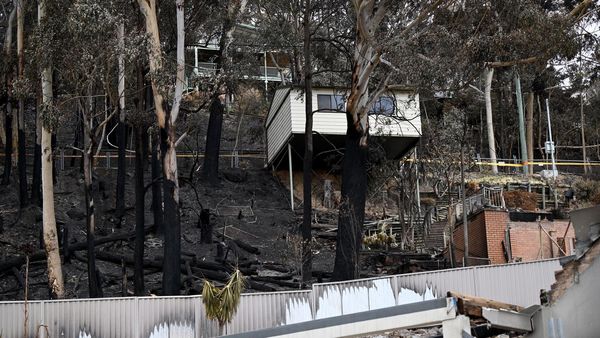Forecasters are watching a storm brewing in the Atlantic this week - just two days into the start of this year’s hurricane season.
A non-tropical area of low pressure is forecast to form near the southeastern U.S. coast over the course of the next couple of days.
“The low could gradually acquire subtropical or tropical characteristics later this week if it remains offshore,” the National Hurricane Center cautioned in a post on the social media platform X. Hurricane Hunters have tentatively scheduled a reconnaissance flight to investigate the system on Thursday.
Yet, as of right now, environmental conditions appear only marginally conducive for the low to develop some subtropical or tropical characteristics later this week, if it forms or moves offshore.
“As the disturbance tracks north-northeast, it has a 10 percent chance of developing tropical characteristics if the circulation can remain over the Atlantic,” according to WXII 12.
It is expected to shift east of North Carolina and out over the ocean by late Friday or Saturday.
If it forms, it could be the first tropical storm to hit the U.S. this season. The first named storm will be called Andrea. Last year, the first storm was Alberto, which formed on June 19 and flooded the coastal community of Surfside Beach, Texas. It was soon followed by Category 5 Hurricane Beryl: the earliest-forming Category 5 on record in the Atlantic. Powered by climate change-charged ocean waters, this hurricane season is expected to be above average, according to officials.
"In terms of tropical development of this feature along the southeastern U.S. Atlantic coast, water temperatures right along the coast are still below that critical 80-degree Fahrenheit threshold," AccuWeather Lead Hurricane Expert Alex DaSilva said in a statement. "Waters are warmer over the Gulf stream, but that is well off the coast at this time. So if this can try to develop later this week, it would probably be over that Gulf Stream and not along the immediate coast."
Regardless, there may be some impacts for cities along the East Coast, including poor beach conditions and flash flooding due to heavy downpours.
AccuWeather says it has also identified a low-risk zone for tropical development potential in the western Caribbean and eastern Gulf starting next week.
"This [area] will be moving slowly through the zone from the western Caribbean and eastern Gulf around the same time when a surge of moisture may develop," AccuWeather Tropical Meteorologist Alex Duffus said. "For these reasons and a drop in disruptive winds in the region, we are issuing a chance for tropical development."







